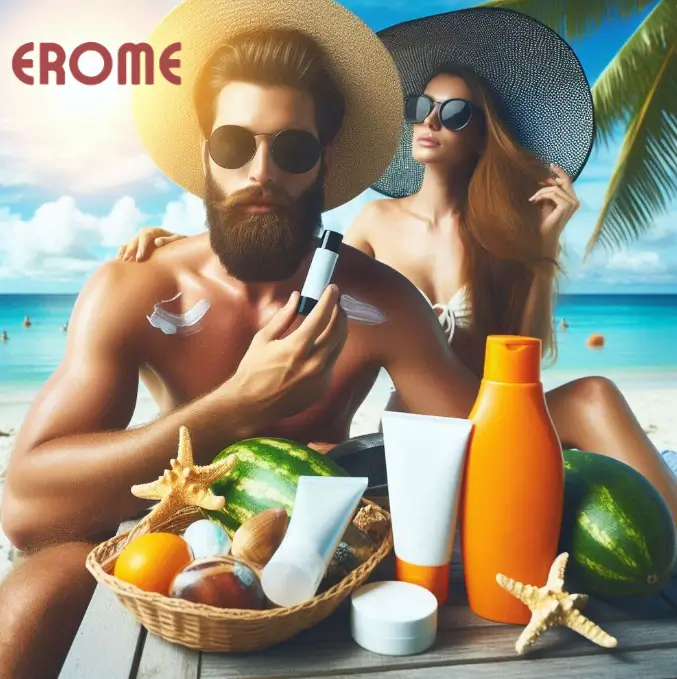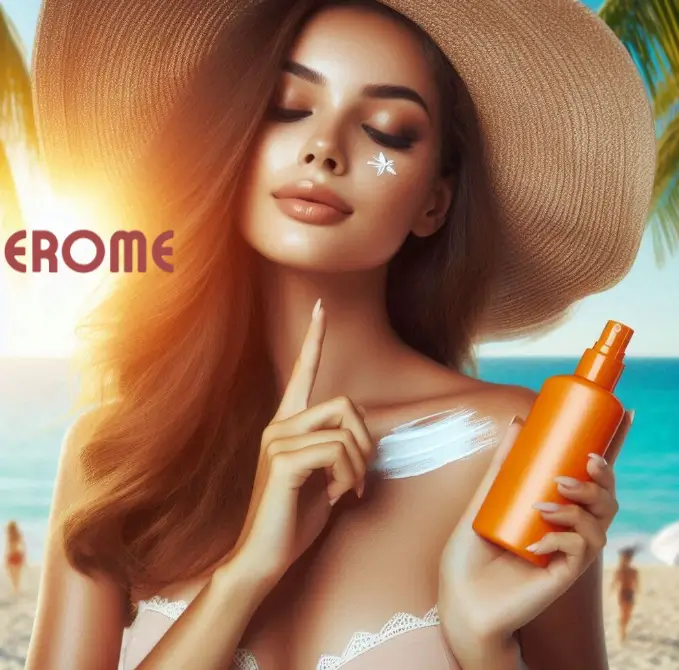How can you reduce your risk for skin cancer this summer?
Cancer Care Dermatologic Surgeon Sarah Schram, MD, recommends that you pay careful attention to the type of sunscreen you purchase and your outdoor activity to limit your risk for skin cancer.
Are you planning a spring break trip or getting ready to spend more time outside this spring and summer?
Sunscreen and skin cancer may not be top of your priority list. Still, University of Minnesota Cancer Care Dermatologic Surgeon Sarah Schram, MD, recommends that you pay careful attention to the type of sunscreen you purchase and your outdoor activity to limit your risk for skin cancer.
Look for sunscreen that is SPF 30 or higher with “broad spectrum” coverage that protects against both ultraviolet A (UVA) and ultraviolet B (UVB) rays, Schram said. UVB rays are the culprits that cause sunburn. Both UVA and UVB rays contribute to the development of skin cancer.
There are many ways you can sun protect yourself in the summer. A great way is to avoid exposure during peak hours, from 10 a.m. to 2 p.m.,” Schram said. “Wearing clothes that are long-sleeved or have what’s called a UPF built into them can also be helpful. A lot of the sporting goods stores in town have those.
What sunscreens should I use to protect my skin this summer?
Keep your skin safe this summer with these tips.
Sarah Schram, a dermatologic surgeon with the University of Minnesota Health, recommends using water-resistant SPF 30 or higher sunscreen with broad spectrum coverage that protects against both UVA and UVB rays.
Sarah Schram, MD, a dermatologic surgeon, recommends sunscreen that is SPF 30 or higher with “broad spectrum” coverage that protects against both ultraviolet A (UV) and ultraviolet B (UVB) rays. Schram said that UV rays—also known as long-wave rays—are primarily responsible for causing wrinkles and sunspots on the skin.

Keep to the basics when buying sunscreen, Schram said. Although fragrances and colours may make some sunscreens more appealing, they could contain chemicals that may be irritating. Schram recommends cream that has zinc or titanium as a main ingredient. Sprays can be effective, she said, as long as users take the time to ensure they are getting an even coating on their skin. Schram also recommends purchasing water-resistant sunscreen if you plan on doing any water-related activities.
Peak hours for UV exposure are between 10 a.m. and 2 p.m., with some variation depending on the season. Still, it is possible to burn in the mornings and evenings, Schram said.
“Anytime the sun is out, you’re still getting ultraviolet exposure, particularly on those nice, long July days. We still want to protect ourselves into the evening,” Schram said.
If you burn, keep the burnt area hydrated and use ibuprofen to soothe the inflammation and discomfort, Schram said. Oatmeal baths and cool compresses may also help.
If you suspect that you or a member of your family may be at risk for developing skin cancer, Schram recommends scheduling a baseline skin screening.
“I would recommend coming in and having a dermatologist look at you, and then they can determine your risk, whether you need annual screenings or whether you may be able to go a while in between,” Schram said. “If something new or suspicious came up, come on in. That’s what we’re here for. We’re happy to take a look at it.”

